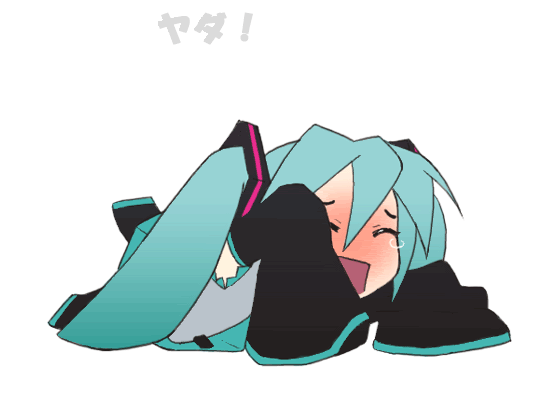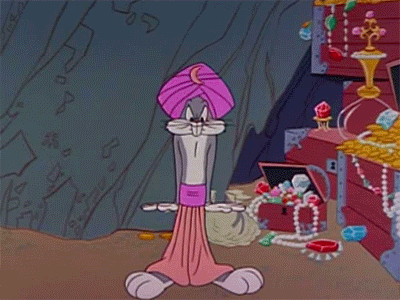And this is where selective breeding and industrial agriculture come into play.
What is selective breeding?
Long story short, selective breeding is a way to produce animals and crops that have desirable characteristics to the customer or company producing them. In animals, these characteristics would include things from the right colour and fur to a long life and large breasts for meat. In plants, farmers would look for fast growth and plentiful yield. While at first glance, purposely selecting the right genes from the gene pool to produce the perfect pet or meal might sound like a good idea, but once you fold back the page, it’s clear that it isn’t.
Selective breeding and factory farming was developed for one purpose, and one purpose only; to provide for the human population without any regard to the species in which they are targeting. Because of human meddling and experimenting, we have developed the perfect crops to satisfy our needs and demands. However, the plants and animals that were used for these things have suffered greatly. Recessive genes in these gene pools have been, or is close to being phased out as they weren’t deemed ‘useful’ by the breeders. The extinction of these genes is irreversible; once it’s gone, it’s gone for good. These recessive genes give species variations which have contributed to their ability to adapt and survive. Without these genes, what would happen to the species if a sudden outbreak of an unknown disease spread through the population?
Not only that, but the things that go on during these factory industrialized breeding have the potential to harm the humans making them. Animals live in cramped, filthy living spaces, with just enough room for survival. Disease is easily spread, and dirt and filth from the area can get stuck on the animal during transportation and preparation. Medicines and antibiotics are mixed in with the fodder for the animals, which can be indirectly consumed by people.
While it is obvious that the demands of the consumers have grown so much that farmers needed to resort to unethical ways to satisfy the customers, selective breeding and industrialized farming isn’t the proper way to do so. The abuse these animals go through and the disappearance of important genes within the gene pools are consequences that can be easily avoided. Sustainable farming (producing food through the proper way) is a way to produce goods without the dangers that come with industrialized farming.
If we really are what we eat, then we’d better do something about how we get our food, don’t you think?

Mmmm, delicious.
Information from Pictures from
Look at your blog post, then back at mine. Now back to your blog post, then back at mine. Sadly, it isn't mine, but it can be like mine if I comment on it.
Just like I did to these guys:







